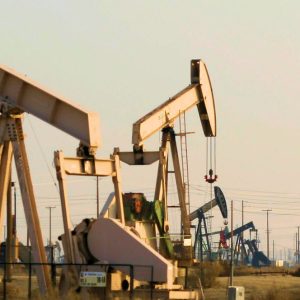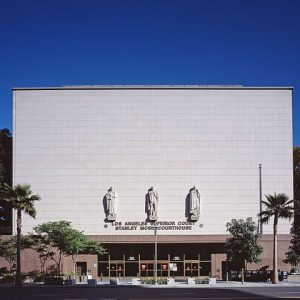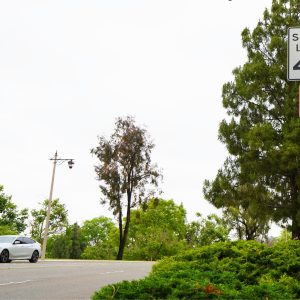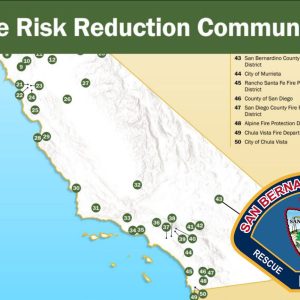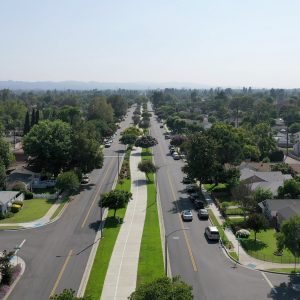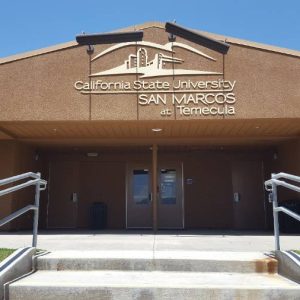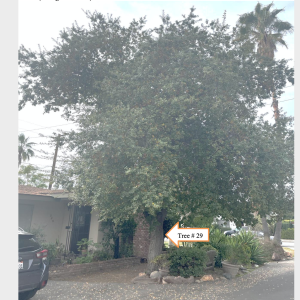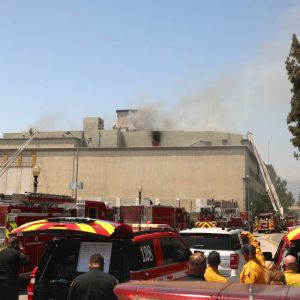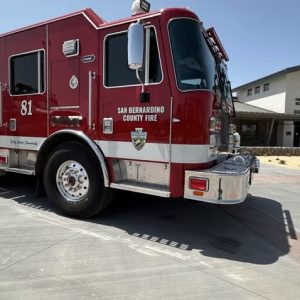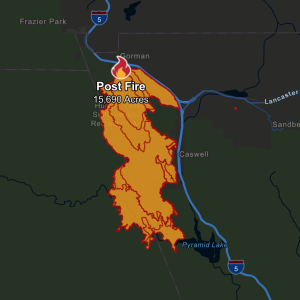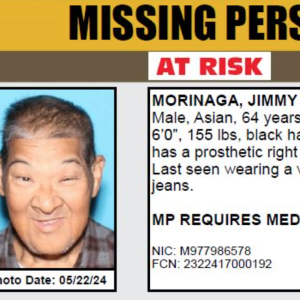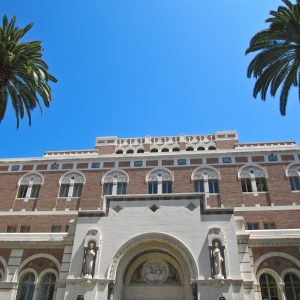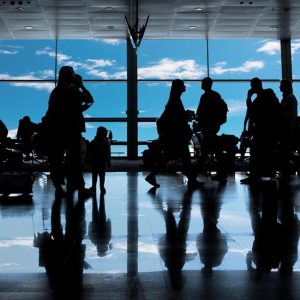 View Winners →
View Winners → FEMA Urges Caution Following California Earthquake
The Federal Emergency Management Agency (FEMA), through its Regional Office in Oakland, California, is monitoring the situation following the U.S. Geological Survey report of a 6.0 magnitude earthquake that occurred this morning six miles south southwest of Napa, California. FEMA remains in close coordination with California officials, and its Regional Watch Center is at an enhanced watch to provide additional reporting and monitoring of the situation, including impacts of any additional aftershocks.
FEMA deployed liaison officers to the state emergency operations center in California and to the California coastal region emergency operations center to help coordinate any requests for federal assistance. FEMA also deployed a National Incident Management Assistance Team (IMAT West) to California to support response activities and ensure there are no unmet needs.
“I urge residents and visitors to follow the direction of state, tribal and local officials,” FEMA Administrator Craig Fugate said. “Aftershocks can be strong enough to cause additional damage to weakened structures and can occur in the first hours, days, weeks or even months after the quake.”
When disasters occur, the first responders are local emergency and public works personnel, volunteers, humanitarian organizations and numerous private interest groups who provide emergency assistance required to protect the public’s health and safety and to meet immediate human needs.
Safety and Preparedness Tips:
-Expect aftershocks. These secondary shockwaves are usually less violent than the main quake but can be strong enough to do additional damage to weakened structures and can occur in the first hours, days, weeks or even months after the quake.
-During an earthquake, drop, cover and hold on. Minimize movements to a few steps to a nearby safe place. If indoors, stay there until the shaking has stopped and exiting is safe.
-If it is safe to do so, check on neighbors who may require assistance.
-Use the telephone only for emergency calls. Cellular and land line phone systems may not be functioning properly. The use of text messages to contact family is the best option, when it is available.
-Check for gas leaks. If you know how to turn the gas off, do so and report the leak to your local fire department and gas company.
-More safety tips can be found at www.ready.gov/earthquakes.
FEMA’s mission is to support our citizens and first responders to ensure that as a nation we work together to build, sustain and improve our capability to prepare for, protect against, respond to, recover from and mitigate all hazards.
Follow FEMA online at www.fema.gov/blog, www.twitter.com/fema, www.facebook.com/fema and www.youtube.com/fema. Also, follow Administrator Craig Fugate’s activities at www.twitter.com/craigatfema.
The social media links provided are for reference only. FEMA does not endorse any non-government websites, companies or applications.








